Cultivating Happy Accidents
Think of a great place you know. A neighborhood, a street, an intersection, a park, or a public square — a place that has a distinctive identity of its own. This is probably a place that creates wealth for your community and your region.
Some such places even end up having identities so distinctive that they are household names. I bet many of you can name the cities that the following public spaces are in, whether or not you've ever been to them:
Public investment stimulating private investment in Paris. (Source: Dion Hinchcliffe via Flickr)
- Bourbon Street
- Fisherman's Wharf
- The High Line
- Millennium Park
- Pike Place Market
- Rittenhouse Square
- The Riverwalk
and so on...
One thing these places have in common is that none of them are self-contained. They have a gravitational pull that makes people want to go there and businesses want to locate nearby. They attract complementary activities to the surrounding blocks, in a virtuous cycle of urban vitality.
The best way to produce an expensive placemaking failure, on the other hand, is to have physical, psychological, or regulatory barriers that prevent the placemaking from spilling over to create value in adjoining areas. We've all seen convention centers that function as walled fortresses unto themselves, or transit stations surrounded by a desolate ocean of park-and-ride lots, or regional parks whose visitors risk the wrath of the neighbors by simply parking on nearby side streets.
Two things have to happen, in most cases, to produce a place that can exert its own gravity on the city around it — a place where activity invites more activity and prosperity begets more prosperity. First, you need a catalytic event. Someone, whether government or a private actor, has to do something on their land that draws people in. And second, you need to allow for a measure of organic growth and evolution. Others have to be able to jump in and capitalize on that catalytic event.
Where we only have the initial catalyst, but then we fail to allow flexibility to build upon it, we often end up with expensive white-elephant investments (if public) or gambles gone bust (if private).
We often get land-use planning very wrong, and, as a result, risk choking off the virtuous cycle that leads to the formation of new great places, sometimes before it's even begun.
The Legacy Trail in Sarasota, Florida (Source: Wikimedia Commons)
A couple recent controversies in Sarasota, Florida, have me thinking about this. I recently submitted an op-ed to the local newspaper in response to a terribly misguided piece by a former elected official. This essay is an expansion on my op-ed, with some added context for readers who don't know the area.
The misguided view I'm responding to is that of Christine Robinson, Argus Foundation executive director and a former Sarasota County Commissioner. The Argus Foundation is a local advocacy group that represents business interests, and is often closely associated with the real-estate development and construction industries.
Robinson's op-ed deals with the completion of the Legacy Trail, a 20-mile bicycle and walking trail that would connect the downtowns of Sarasota and Venice along an out-of-service rail corridor. The southern half of the trail opened in 2008 and has been a smashing success, attracting over 200,000 users a year. The proposed northern half, which would extend the trail to downtown Sarasota through more heavily developed urban and suburban areas, is the subject of a ballot measure this fall. If voters approve a $65 million bond issue, the County can acquire the railroad land, construct the trail, and pay for it via a 20-year property tax increase that comes out to about $16 per year per $200,000 of property value.
Robinson isn't against the trail, she writes, but she's very concerned about "mission creep." Specifically, she's afraid that industrial businesses near the planned extension of the Legacy Trail could see their future jeopardized by the trail's completion. From her op-ed:
The unused railway right-of-way that the county wants to turn into a bike trail runs through industrial and commercial properties. [...] Some of the industrial development along the former railway is very intense. Some property owners may want to expand or further develop those properties. Some of them might face special exception hearings due to their use, even if that use currently exists.
Will they face the wrath of parks and conservation groups in the name of the bike-riding experience?
What is the plan to make sure that these businesses and property owners are protected now and in the future? [....]
The county must take active and public steps to regain the business community’s trust in its commitment to economic development. It must make a public policy statement that compatibility with the Legacy Trail will not be used as a weapon to stop developing or redeveloping nearby land or used to curtail existing industrial and commercial uses.
Minneapolis's Midtown Greenway (Source: Google Earth)
Loaded language like "used as a weapon" notwithstanding, it's important to understand that, by law, the existing use of a property may continue (as a nonconforming use) even if the property is rezoned. No one will be told they must close their factory tomorrow or next month or next year. Any rezoning effort will have go through a series of public hearings and a County Commission vote. If you think you warrant an exception to existing regulations because of special hardship, there's a process to petition for one. If all else fails, there are the courts: there is a large body of case law pertaining to when government regulations curtail a land owner's rights enough to require compensation.
So if industrial land owners' rights aren't under threat (and they're not), then what is Robinson actually urging? As far as I can tell, she wants industrial interests to be actively privileged in planning for the area around the Legacy Trail extension. She wants any future rezoning or special-exception decisions to be made as though there isn't a bike trail next door, even if there is a bike trail next door.
This desire is misguided. The question she fails to answer about "mission creep" is, "What mission?"
The mission of the Legacy Trail is, presumably, to create a major new amenity for Sarasota residents: one which will simultaneously become one of the region's largest parks, and a vital corridor for non-motorized transportation. The potential benefits are tremendous, as similar endeavors around the country illustrate. Minneapolis's Midtown Greenway has catapulted that city to repeated recognition as the best cycling city in the nation. In three years, New Orleans's Lafitte Greenway has attracted $100 million in residential, commercial, and recreational development along its 2.6 miles. Atlanta's 22-mile BeltLine, including trails and streetcars, has been projected to produce billions in economic impact.
Porepunkah, Australia. (Source: Mike Hauser via Flickr)
All of those examples have something in common: most of the return on the public's investment accrues because the trail doesn't exist in a vacuum. Rather, it serves as the catalytic event that sparks a transformation of the surrounding area.
The Legacy Trail will offer the greatest spillover benefits if we allow land use in the vicinity to evolve organically, in response to demand generated by the trail. This could mean new apartments, whose residents can hop on a bike and be at a grocery store in five minutes, downtown in 20, or the Gulf of Mexico in 40 (with no need to find a parking space or sit in traffic). It could be a trailside coffee shop, ice cream parlor, or brewery. It could be many other possibilities I haven't thought of, but that some enterprising soul will. This is how great places are formed, little by little.
Industry will remain a major presence as well, for the foreseeable future. No one is going be forced to shutter their operations. But it's easy to imagine the overall mix gradually coming to include more uses that benefit from proximity to a major multi-use trail, as individual owners choose to sell or redevelop.
This might mean that a use that is compatible with its surroundings today might be less (or more) compatible 20 years from now because those surroundings have changed. We shouldn't tie our hands now by promising never to take such circumstances into account.
Why not embrace the happy accident that this rail corridor represents? Its builders certainly never envisioned the Legacy Trail: this was a passenger railway until 1971, and a freight railway until more recently. We often can't see the future coming. Once-industrial and derelict waterfronts in Portland, Baltimore, Chicago, and more are now parks and tourist attractions, equally unforeseen by the smokestack and warehouse operators of a half-century ago.
The slideshow below shows some of the current land uses along the proposed Legacy Trail corridor, including plenty of heavy industry, but also restaurants, retail stores, and a church:
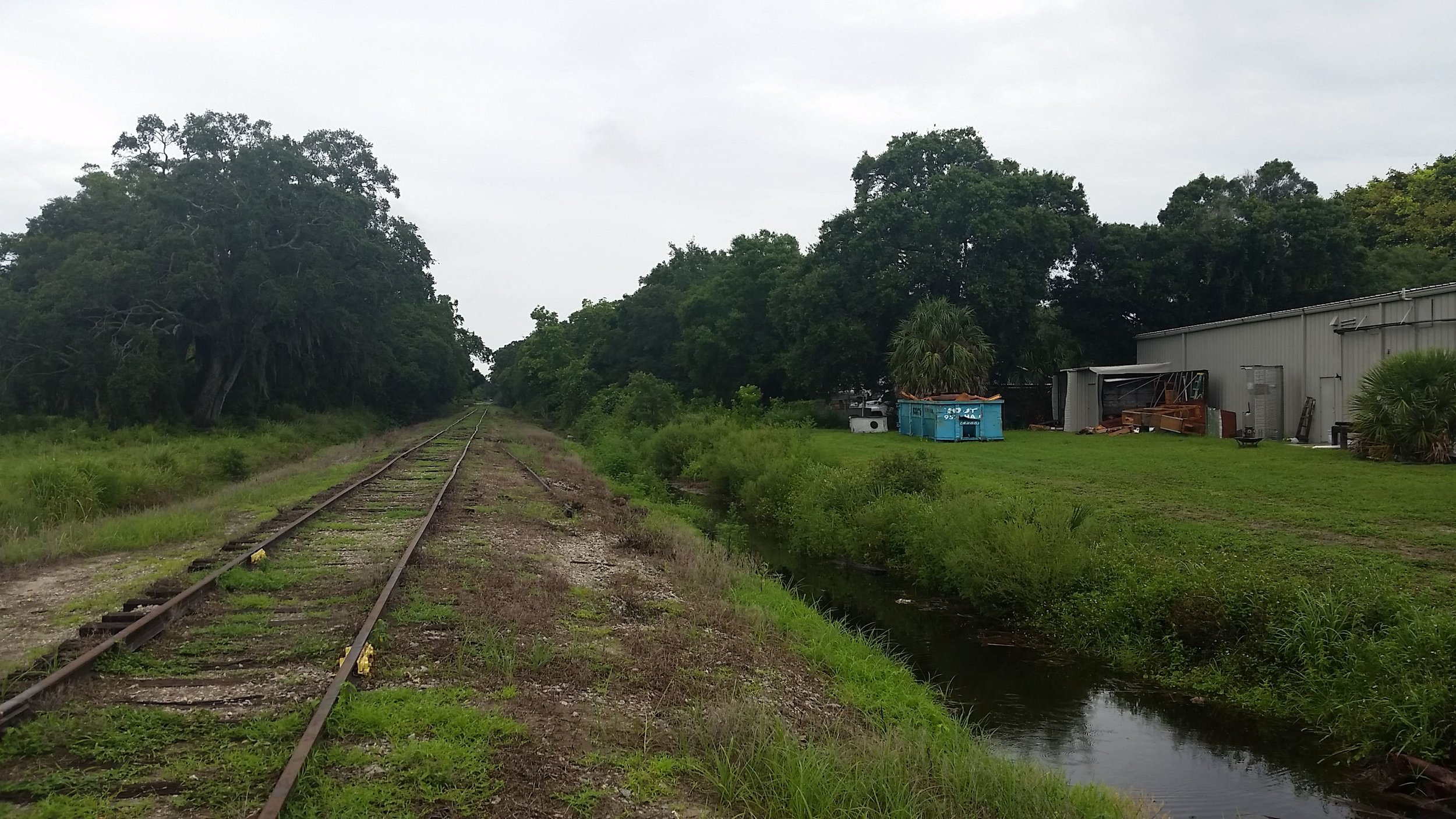
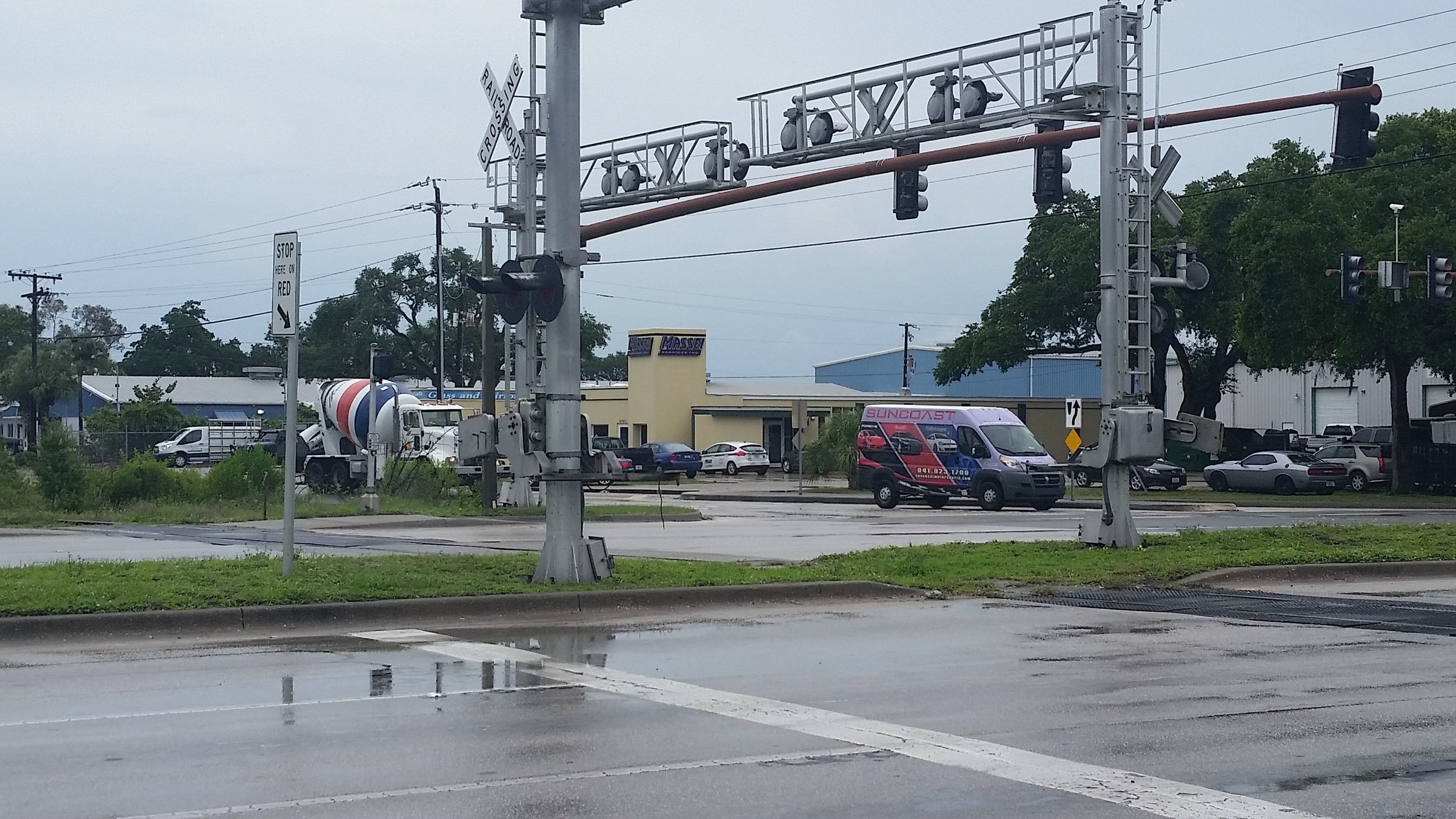
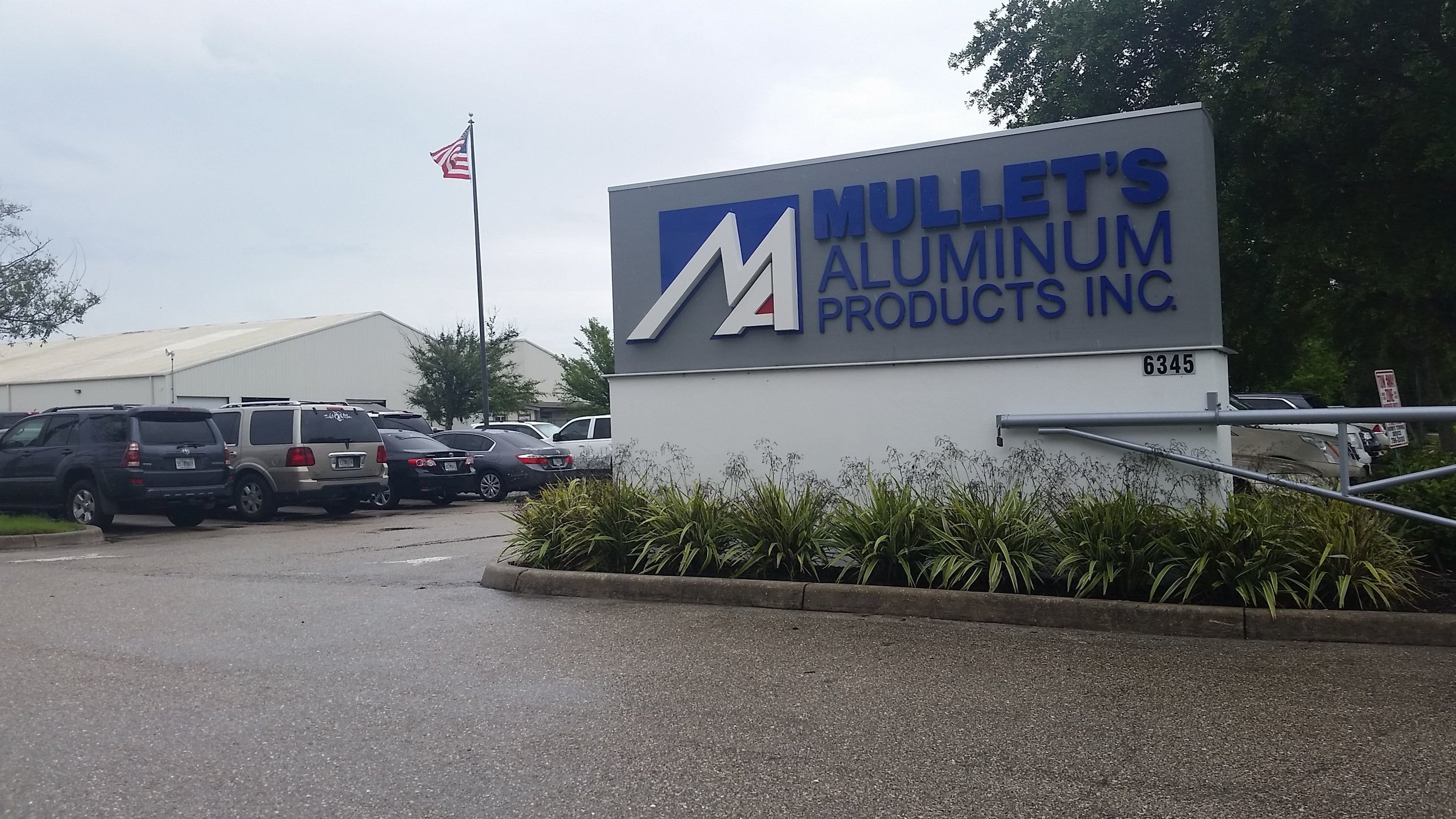
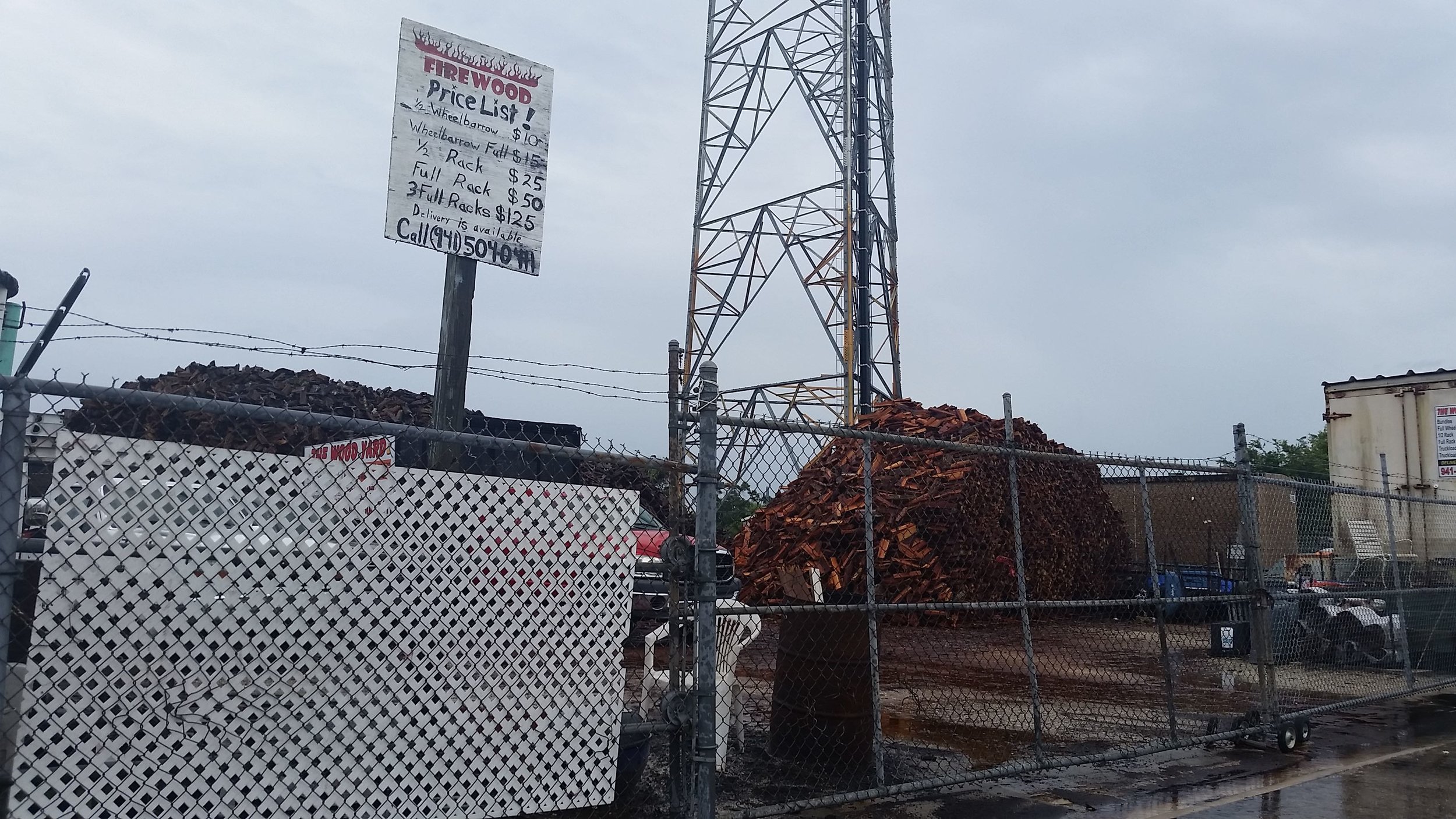
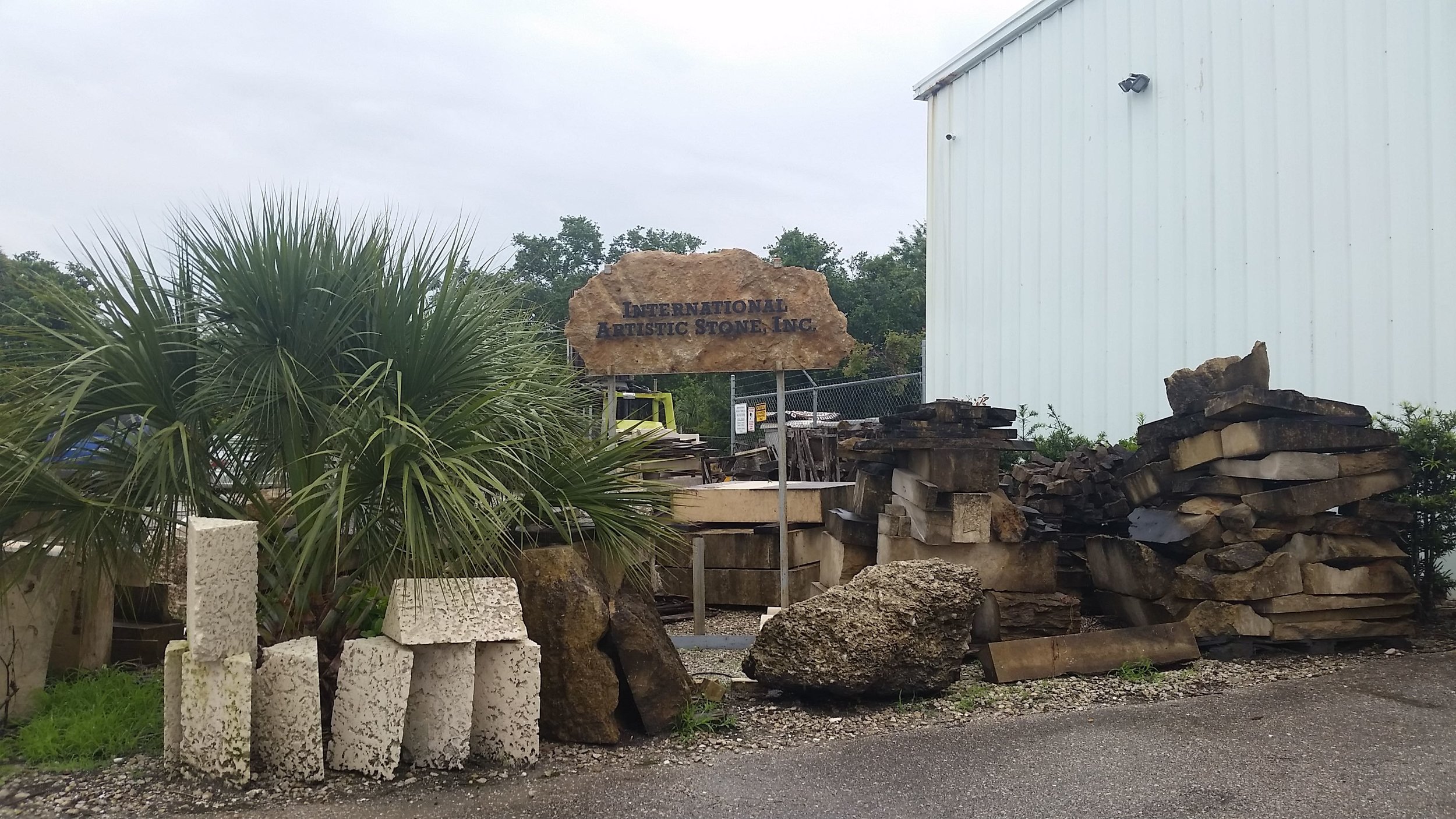
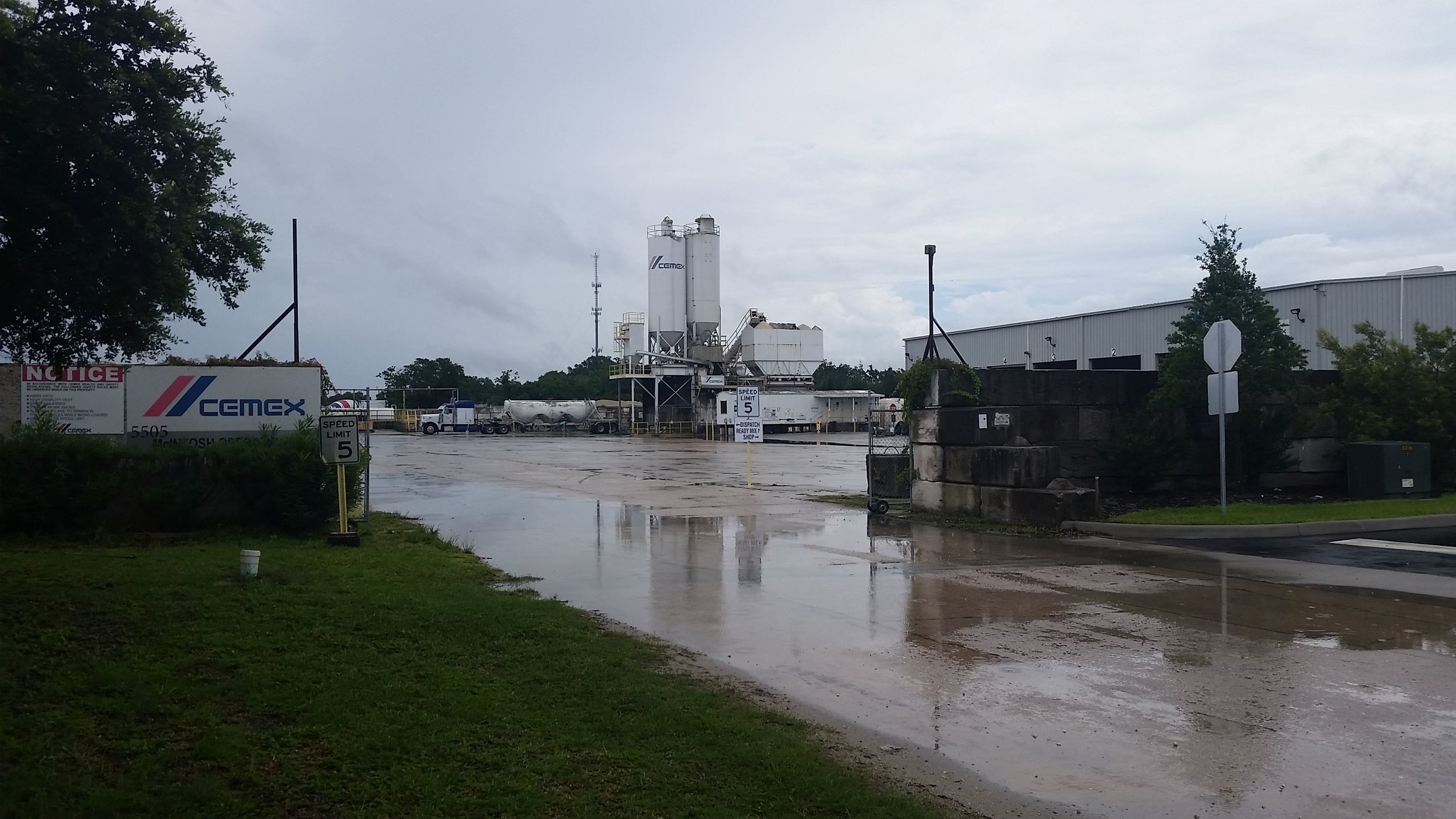
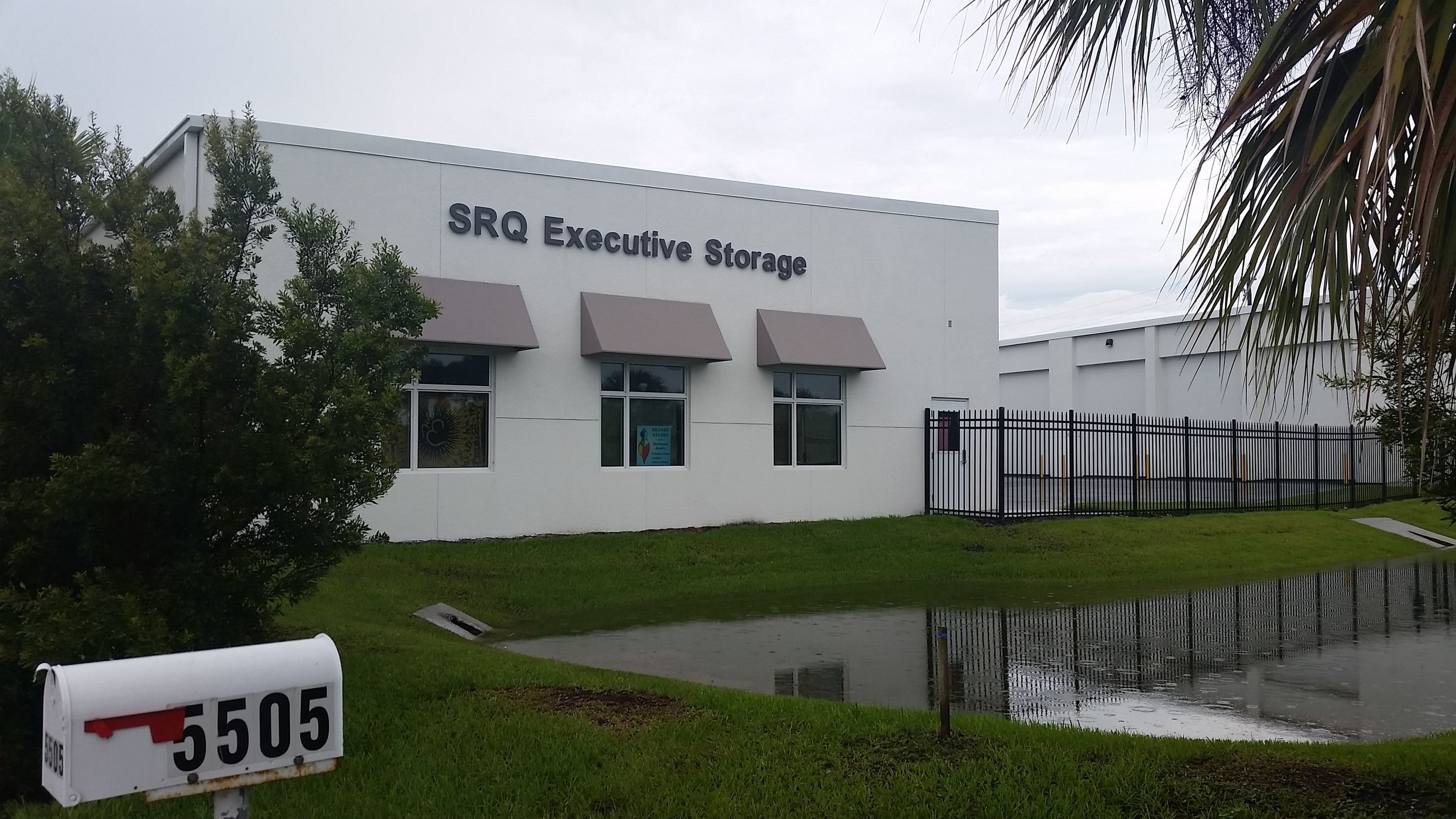
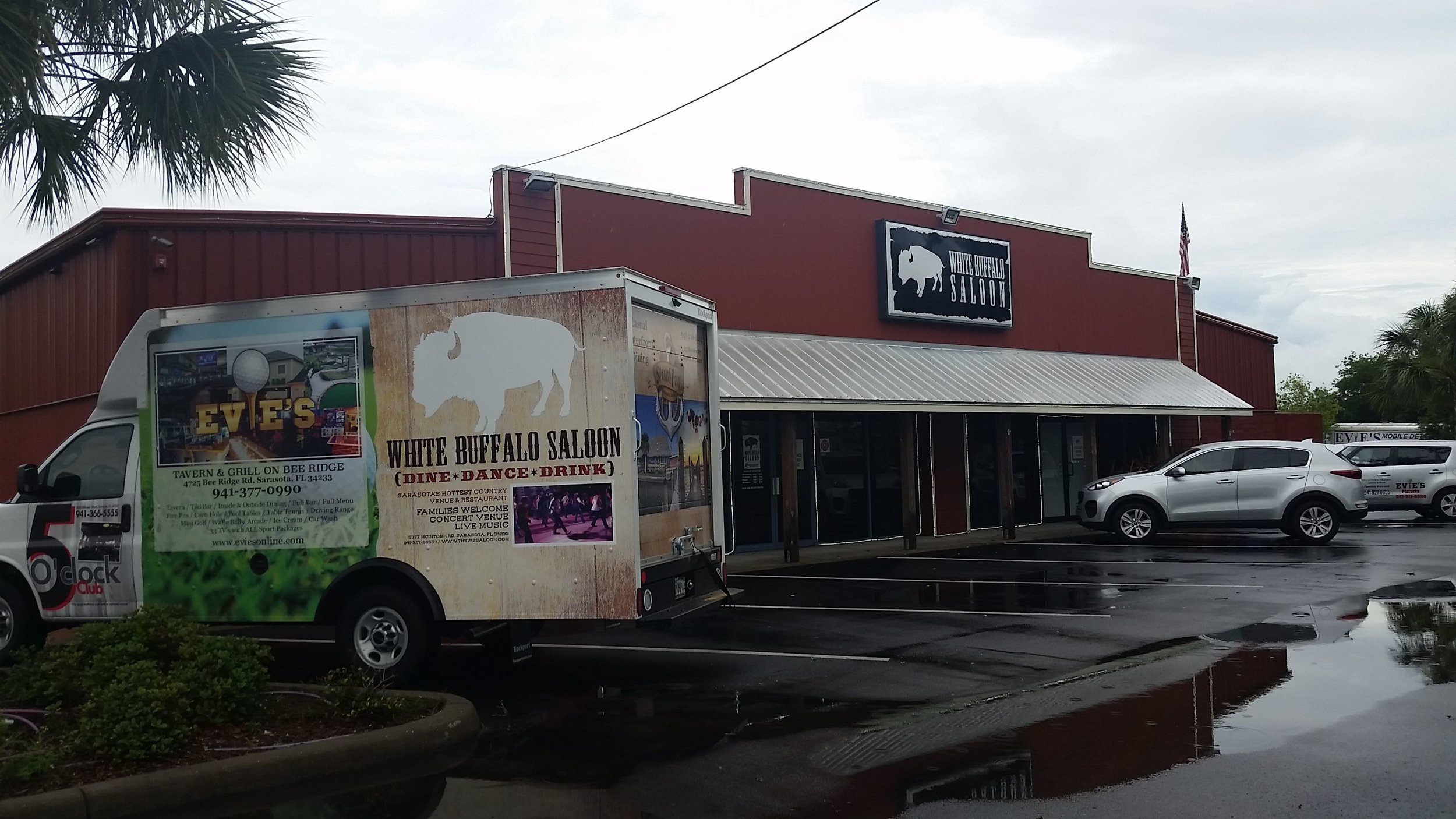
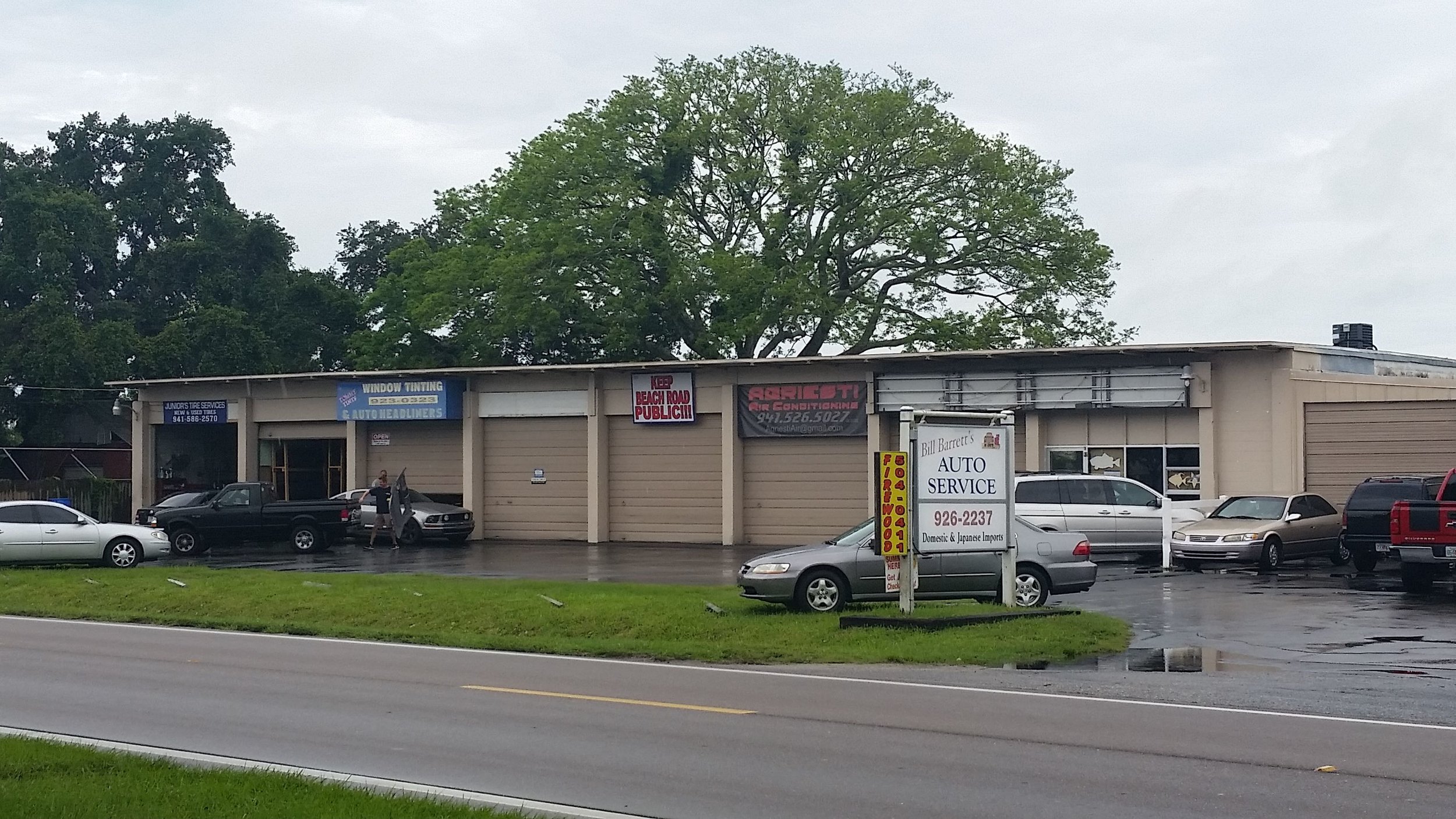
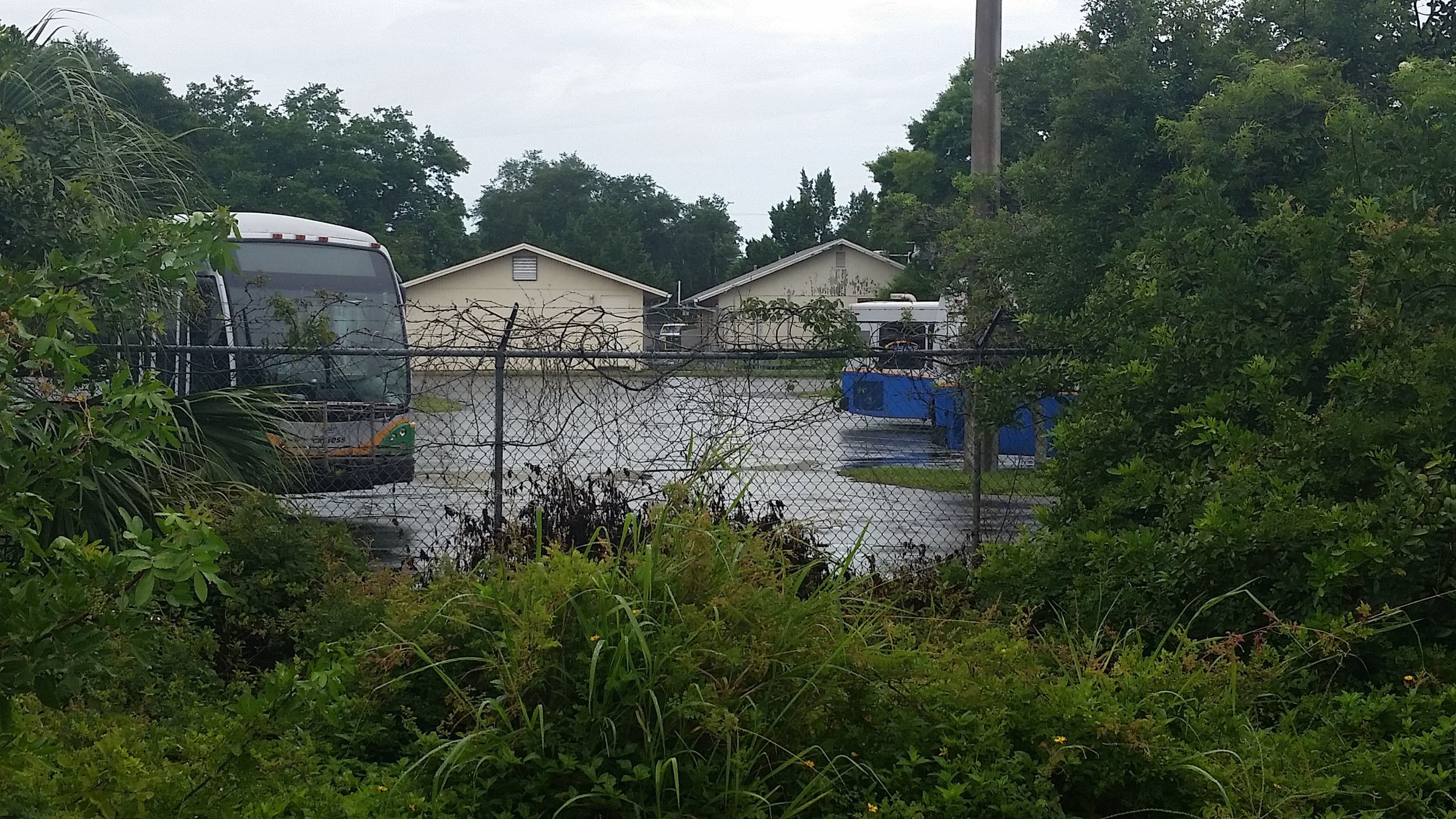
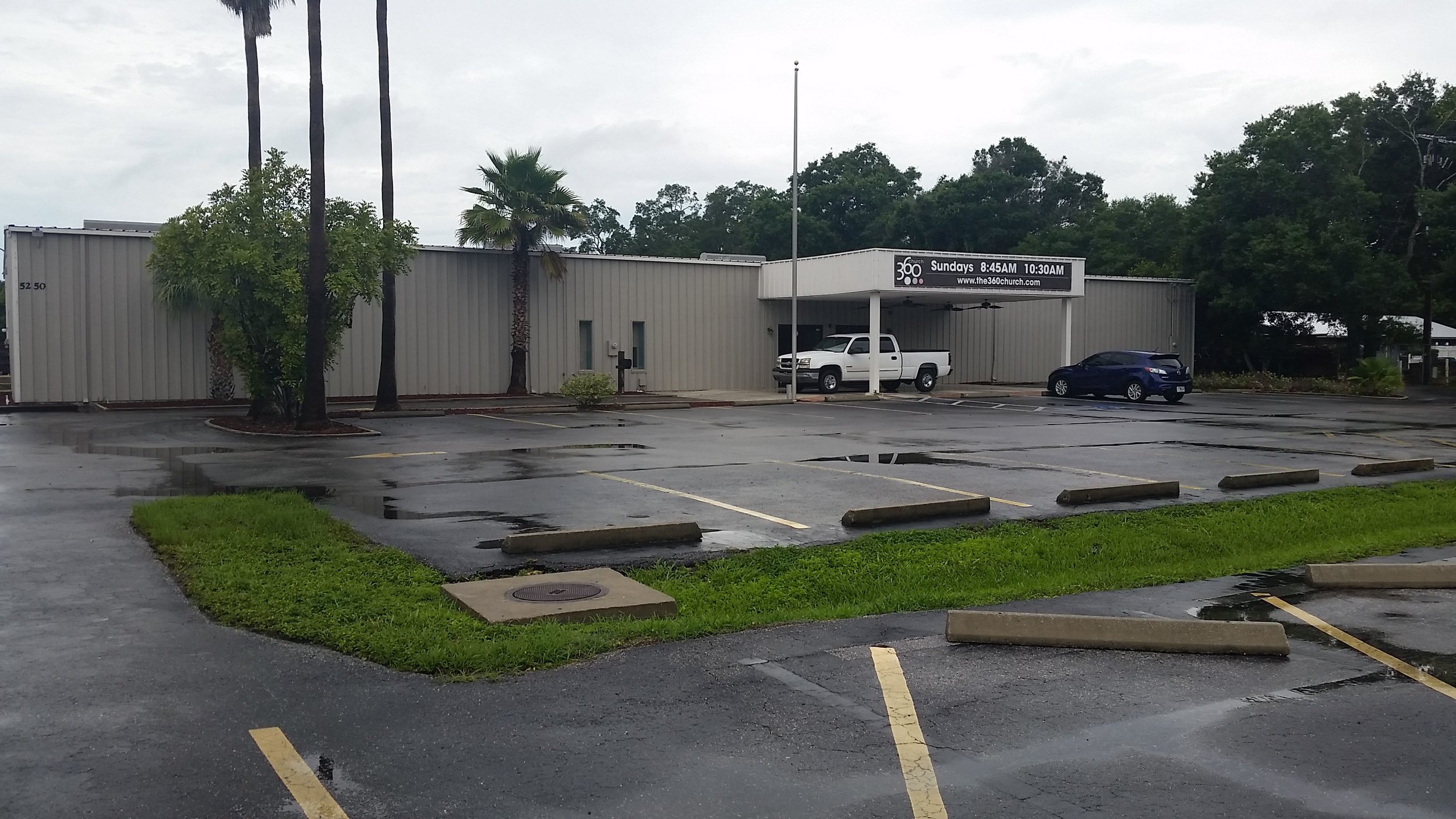
Robinson's rhetoric of "mission creep" is diametrically opposed to this vision of gradual evolution with the trail as catalyst. "Mission creep" is a military term that has seen its use spread into business and public policy contexts. It means the undesirable and poorly-thought-out expansion of a project beyond its initial goals. By using this framing, Robinson is implying that the "mission" of the Legacy Trail should be circumscribed: if we're going to create a bike trail, let's create a bike trail, but let's not let it affect anything about its surroundings.
I'm not naive about what Robinson is doing here. She is the executive director of a foundation that represents certain business interests, and she is speaking on behalf of her clients. However, in doing so, she is invoking a common and damaging misunderstanding of what land-use planning is for. Specifically, she is suggesting that land-use regulations exist to insulate incumbent landowners from change.
No doubt a proper purpose of government is to protect the rights of landowners. And zoning came into existence, in part, to protect landowners from nuisances that would actively degrade their use and enjoyment of their property. But this is different. No one is suggesting a bike trail would impose a nuisance on a cement plant or scrap yard, or make such operations any less economically viable. What is being suggested is that a bike trail might make a scrap yard owner want to sell their land to someone who wants to develop housing, or retail, or a restaurant. And that such change is a threat to the other scrap yards down the line, because the public and their elected representatives might start to view the whole area as one better suited for other activities.
Saying, "We need to institute precautions to make sure this industrial area doesn't transition into something other than an industrial area," is a bridge too far. That forecloses on possible futures for the area that could maximize the return on the public's investment in this trail. Why would we want to do that?
Bird in flight at the Celery Fields.
Robinson is correct that industry, a source of living-wage jobs that aren't tied to the region's dominant economic sector (tourism), is important to our economic health. The County Commission could direct staff to study barriers to industrial development: are we losing these jobs for lack of suitable land? If so, we should tackle this problem head-on. Modern manufacturing is often quiet and non-polluting, and potentially compatible in many locations from which it is currently excluded. The County can and should address valid concerns about leaving room for industry. But not by holding the Legacy Trail's potential hostage.
Robinson's column is motivated by a controversy last year involving another local "happy accident": the Celery Fields. This is a park on land at Sarasota's suburban fringe once used, as the name suggests, to grow celery. In the 1990s, the County government implemented a massive stormwater management system in the area, to alleviate flooding downstream on Phillippi Creek.
Lo and behold, birds began to flock to the retention ponds, marshes, and artificial hill (a novelty in pancake-esque Florida) of the Celery Fields. And where birds flock, so flock birders. The Audubon Society took note and signed a lease agreement with Sarasota County to build and operate an interpretive center. The Celery Fields are now one of the region's most popular parks with runners, walkers, and bird aficionados.
Then came 2017. The county had designated a couple of long-vacant, county-owned lots adjacent to the Celery Fields as "surplus property," meaning they could be sold to a private buyer, and a buyer stepped forward with a proposal: if the land were rezoned to permit it, he would build a recycling facility for construction debris.
Residents protest a new recycling facility near the Celery Fields bird site (Source: Save the Celery Fields)
Citizens mobilized in opposition, and the rezoning became the most high-profile, contentious land-use decision in Sarasota in years. At the end of a nine-hour hearing, public opposition prevailed: 3 out of 5 County Commissioners, while praising the local businessman and his recycling proposal in the abstract, agreed that it was an inappropriate use on the edge of the Celery Fields, and denied the rezoning, thus voiding the purchase agreement.
Robinson's account of last summer's decision, on the other hand, is a bizarre, fun-house-mirror version of what actually happened. Here's her take:
We recently saw a problem with a park and a property that cost a reputable local businessman a lot of money and shook the business community’s trust in county government.
This turn of events happened despite the fact that the county commission invited businesses to invest in this property and the property was going to be rezoned to an industrial use consistent with the land use designation of a Major Employment Center.
This surplus county property just so happened to be across the street from a park.
Some of the lands have been planned to be commercial or industrial for decades, based on their location at an important highway interchange in a designated Major Employment Center. But business people watched as a local recycling business that has a history of being a good neighbor in other areas of the county was attacked and vilified by local conservation and parks groups.
Robinson's premise that an injustice was done in the Celery Fields case rests on decades-old planning documents which describe the area, near Interstate 75, as future industrial and a "major employment center." These documents predate the stormwater project by a decade. They make perfect sense in the context in which they were written.
But the context has changed. Flood mitigation efforts accidentally created a first-rate birdwatching destination and popular park, and now we'd be stupid not to take that ball and run with it. To insist that the ideal fate, the highest and best use, for public land abutting the Celery Fields in 2017 was to fulfill its destiny as "industrial" evinces a remarkable lack of imagination.
Or perhaps it reveals a more fundamental conceptual error: mistaking land-use planning — which is the means to a variety of ends — for an end in itself. This is a common malady: an overly prescriptive, "SimCity" approach to planning. In 1938, the American Institute of Planners stated as the purpose of the discipline, "determination of the comprehensive arrangement of land uses and land occupancy and the regulation thereof." In other words, "We're gonna tell you what goes where."
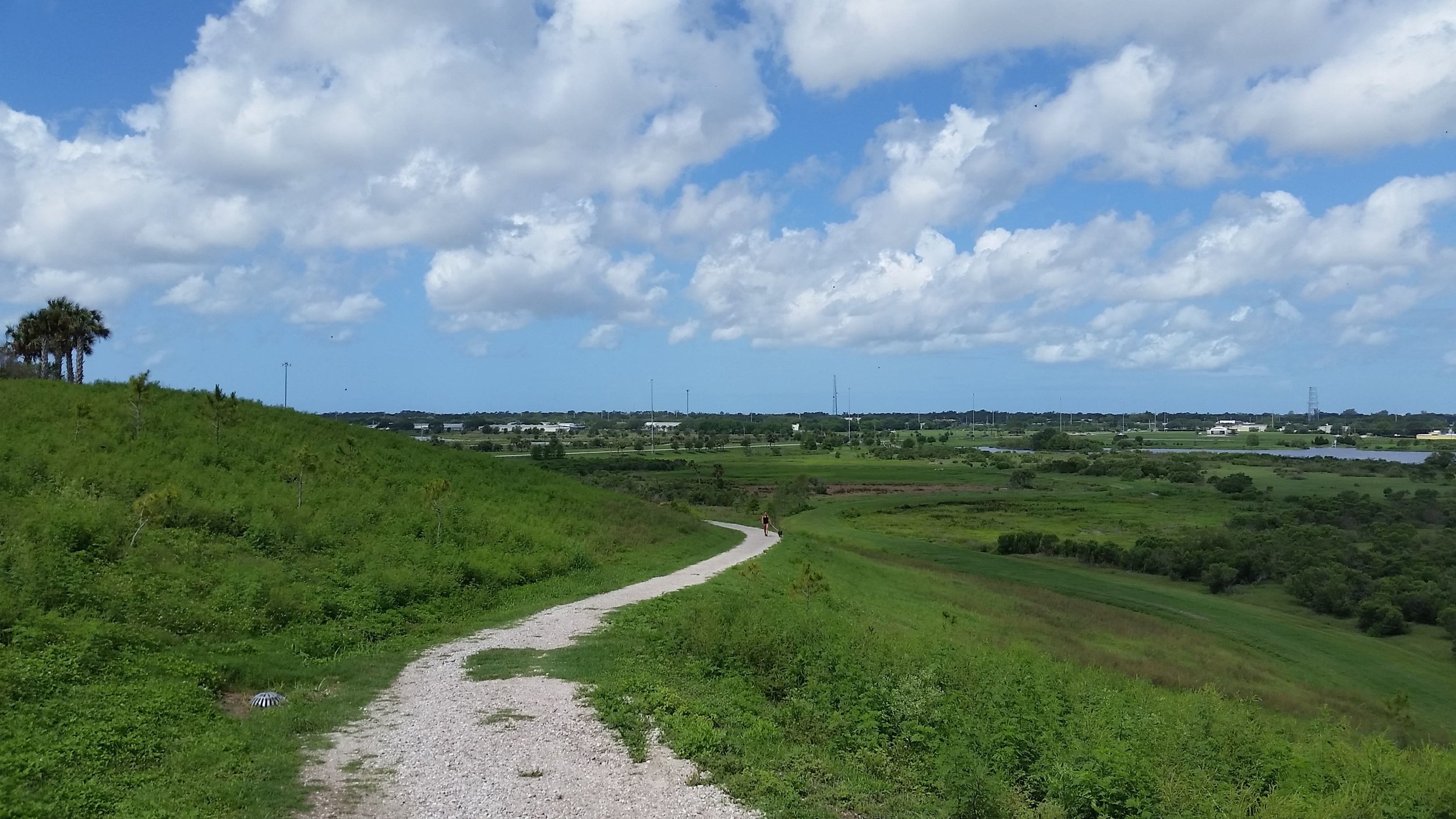
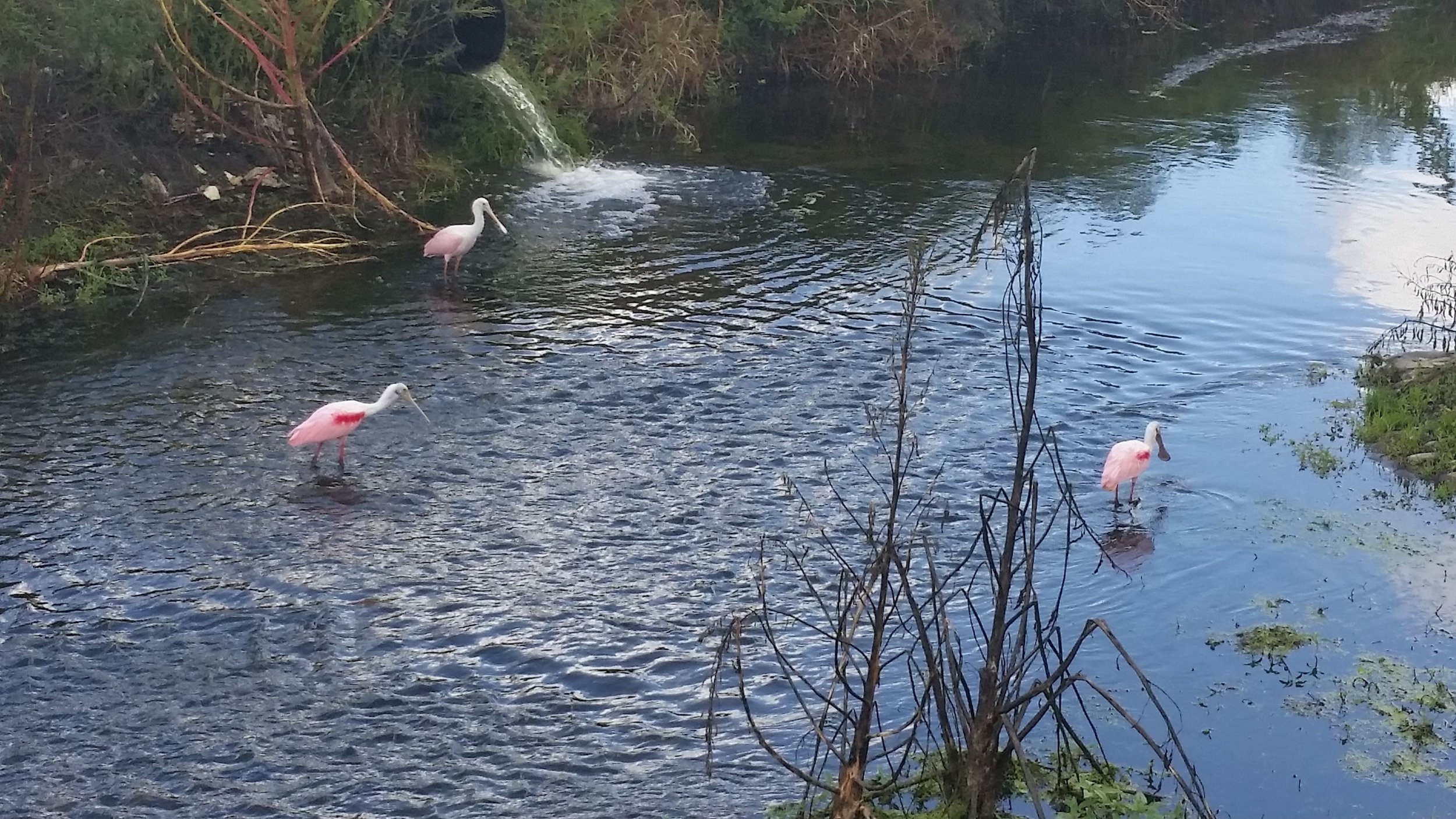
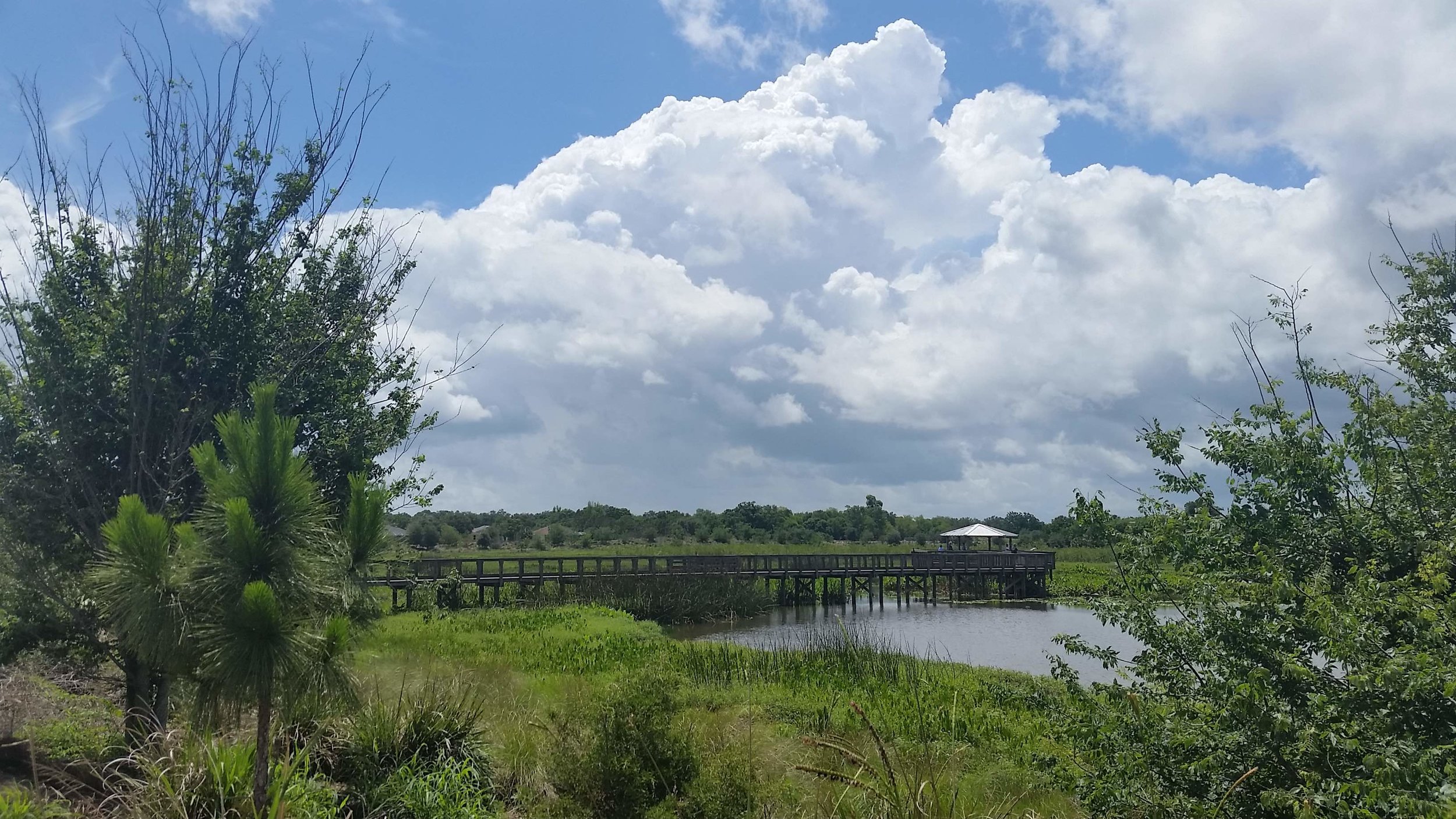
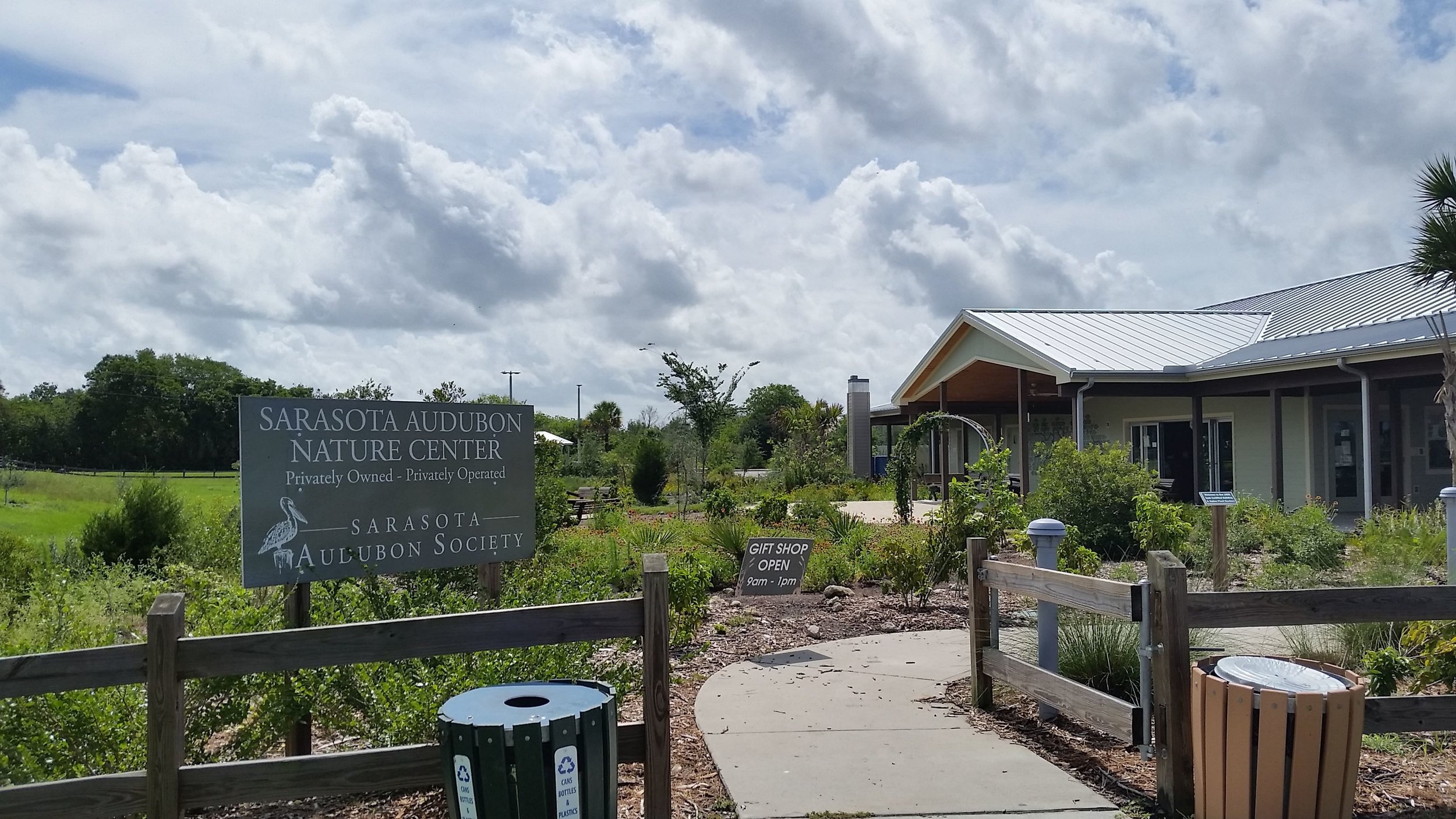
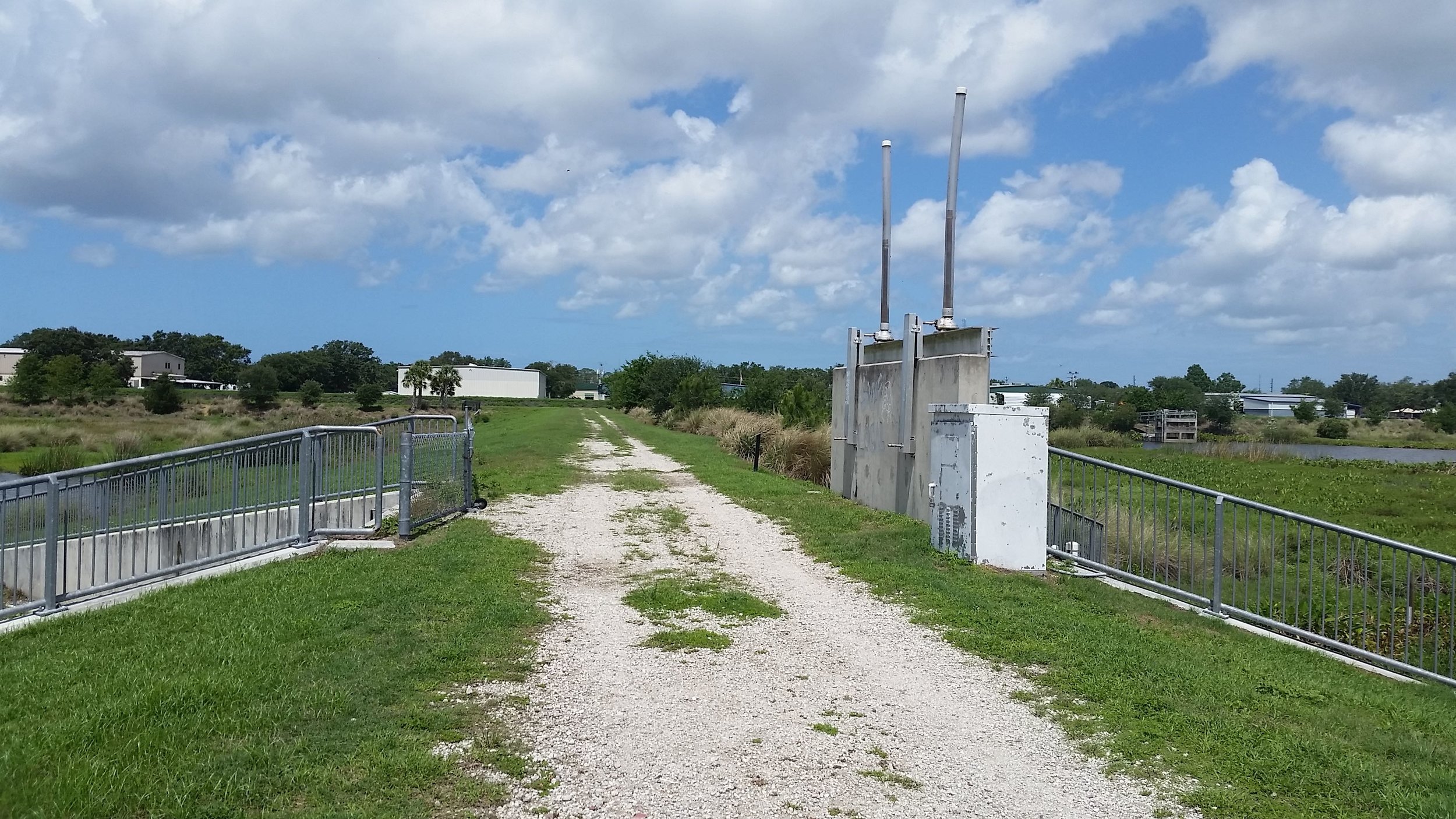
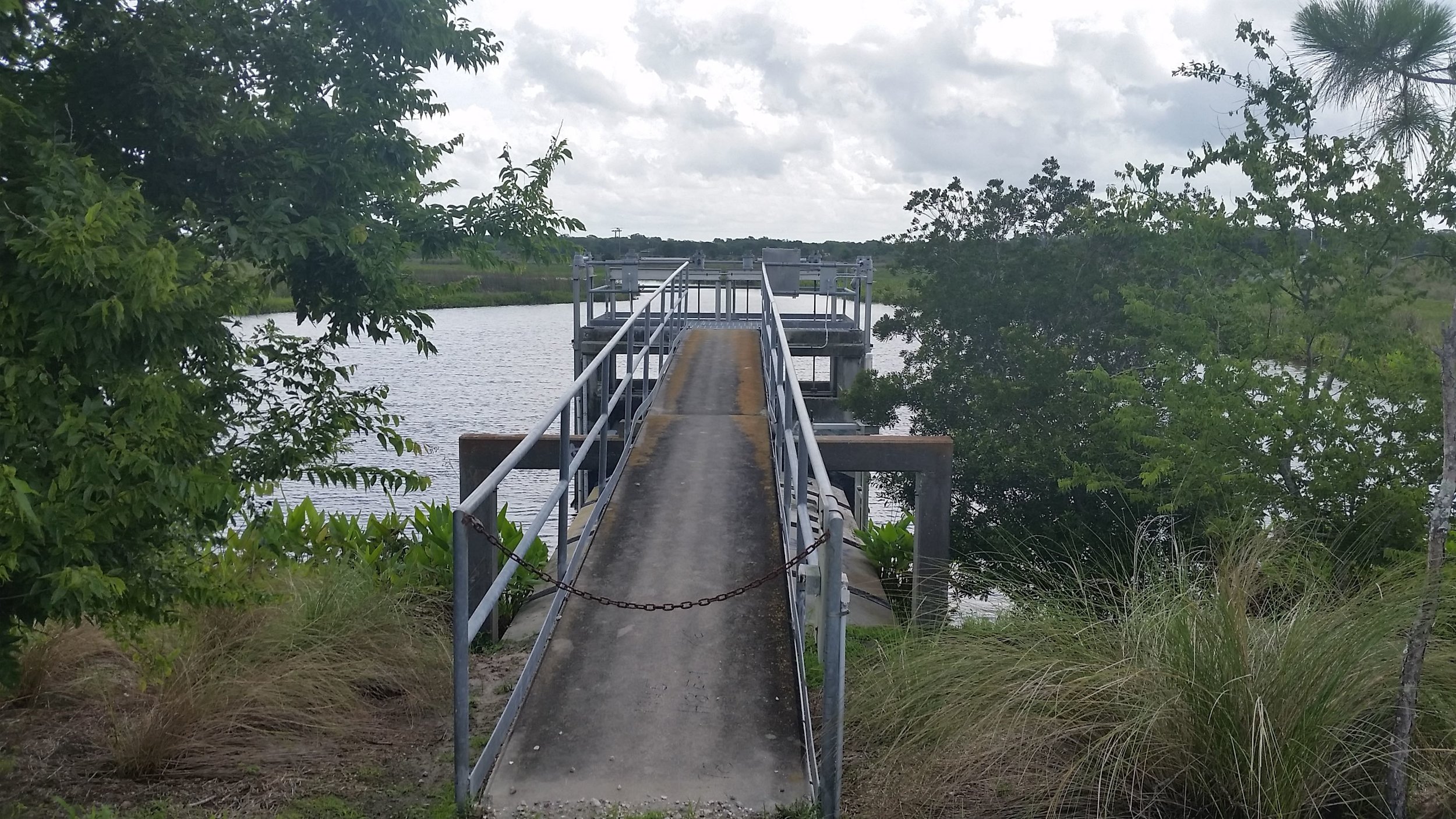
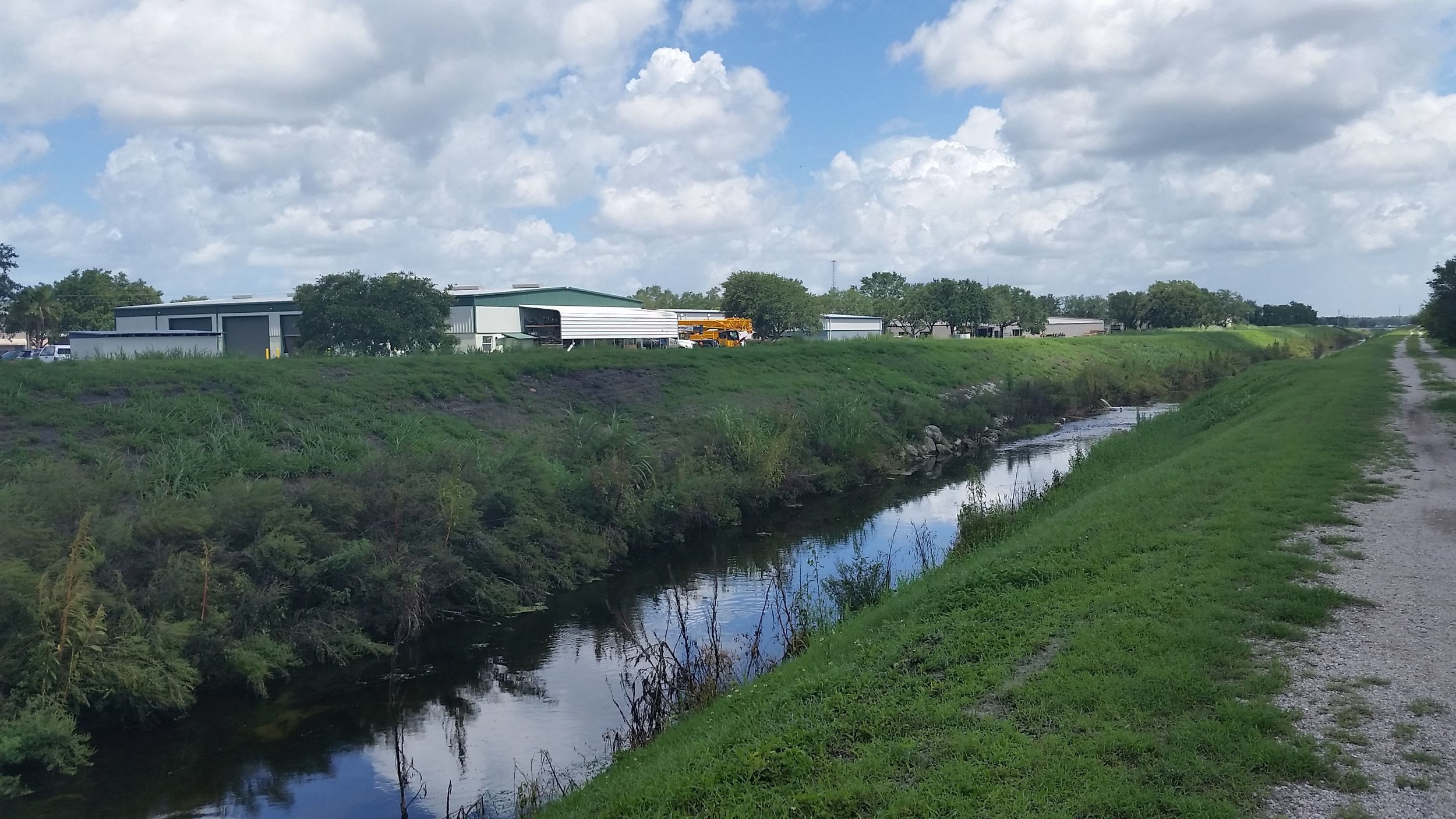
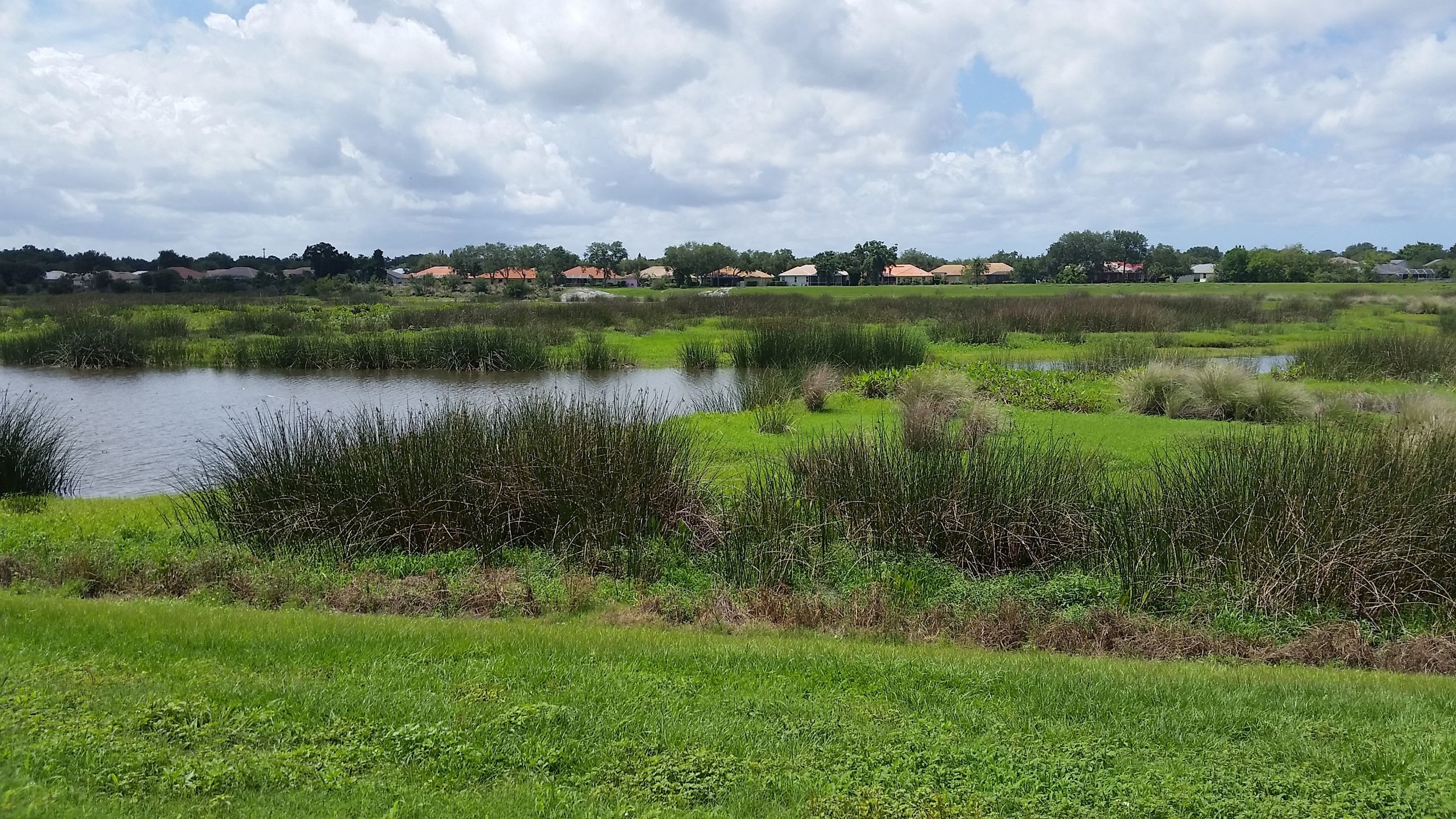
Most modern-day planners, I'd like to think, don't view that as an ideal. We recognize the value of happy accidents. The best planning is something like conservation biology: we nudge and nurture a place into becoming the best version of itself by improving the environment in subtle but impactful ways so that its denizens can thrive on their own.
But government planning processes and institutions too often haven't caught up. The Celery Fields debacle demonstrated that. It has taken a grassroots citizen initiative to demonstrate what a proactive visioning process for that site looks like. After the 2017 decision to deny the recycling facility, County Commissioners solicited citizen proposals for alternative uses for the surplus land.
The result was the Fresh Start Initiative. Over the following months, a group of rock-star volunteers met repeatedly, solicited proposals, developed criteria, and in April of 2018, presented the County Commission with several placemaking visions for the surplus land adjacent to the Celery Fields. These range from a multi-use community park, to ecotourism, to a YMCA sports complex (the YMCA itself has expressed tentative interest).
I spoke with Tom Matrullo, one of the citizen organizers of the Fresh Start Initiative, about why the County wasn't already soliciting ideas such as this for land that it owns, to build on the success of the Celery Fields, which it also owns. This was his response:
We think it’s incumbent upon the county to plan with this and other integrative changes in mind...
We’d love to see the county embrace the vision of a large, diverse, walkable area that would stimulate interrelated uses and provide residents with amazing connectivity. It’s not an easy sell when the practice for years has been to not look ahead, but to work piecemeal with random proposals from random developers.
The piecemeal, reactive approach to planning is a big part of the problem. So is the rigidity of thinking that suggests that land is suited only for what the Future Land Use Map and the current zoning code say it's suited for. Often, those plans are outdated and don't reflect the full potential of a place, even when it's bubbling up under our noses.
Another culprit is a profoundly shortsighted perspective among some elected officials about how to balance the county's books, as another Fresh Start organizer, Glenna Blomquist, pointed out to me:
The Commission, faced with budget shortfalls, has seized upon a strategy of selling land as a stop-gap measure... There are better public solutions for short-term budgetary deficiencies than cannibalizing land assets.
The Sarasota Observer describes here the county's determination to get surplus land off its books for a one-time cash infusion. Maybe much of this land makes sense to sell. But are there more properties on that list with untapped potential like the vacant lots across from the Celery Fields?
The root problem is that Sarasota County will have budget shortfalls for the foreseeable future because its development pattern is unproductive. We have vast amounts of infrastructure we have no idea how we're going to pay to maintain.
And we will be shooting ourselves in the foot over and over again if we make investments that could lead to a new highly productive place — one which generates a virtuous cycle of activity and prosperity — but then use the tools of land-use planning to ensure that that virtuous cycle never comes to pass.
(All photos by Daniel Herriges unless otherwise noted.)





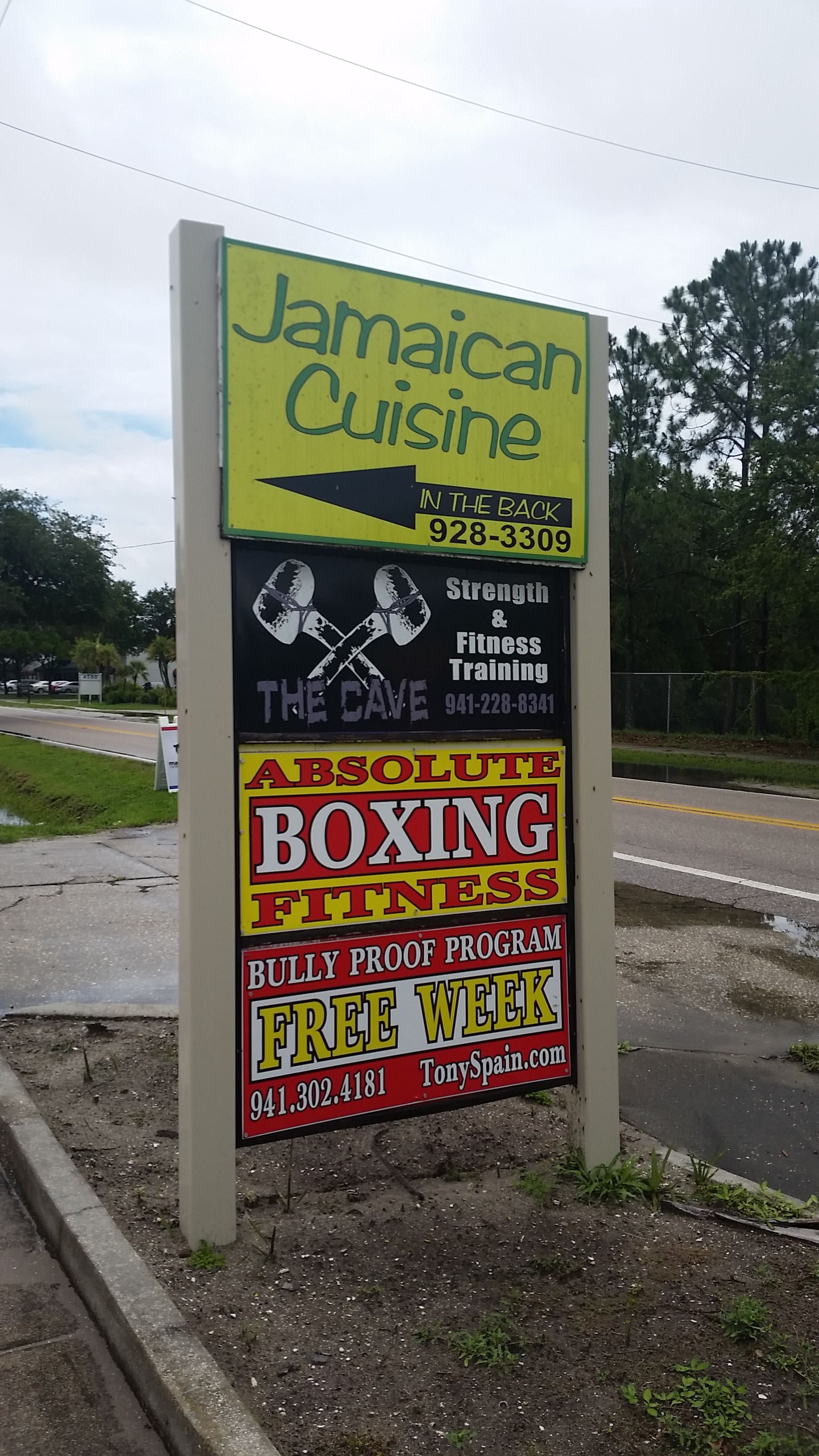


Daniel Herriges has been a regular contributor to Strong Towns since 2015 and is a founding member of the Strong Towns movement. He is the co-author of Escaping the Housing Trap: The Strong Towns Response to the Housing Crisis, with Charles Marohn. Daniel now works as the Policy Director at the Parking Reform Network, an organization which seeks to accelerate the reform of harmful parking policies by educating the public about these policies and serving as a connecting hub for advocates and policy makers. Daniel’s work reflects a lifelong fascination with cities and how they work. When he’s not perusing maps (for work or pleasure), he can be found exploring out-of-the-way neighborhoods on foot or bicycle. Daniel has lived in Northern California and Southwest Florida, and he now resides back in his hometown of St. Paul, Minnesota, along with his wife and two children. Daniel has a Masters in Urban and Regional Planning from the University of Minnesota.